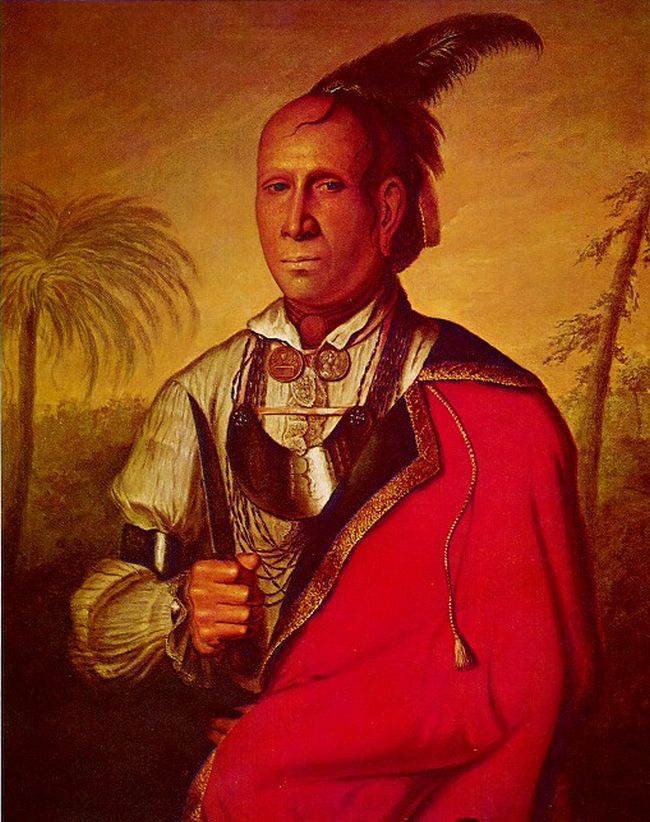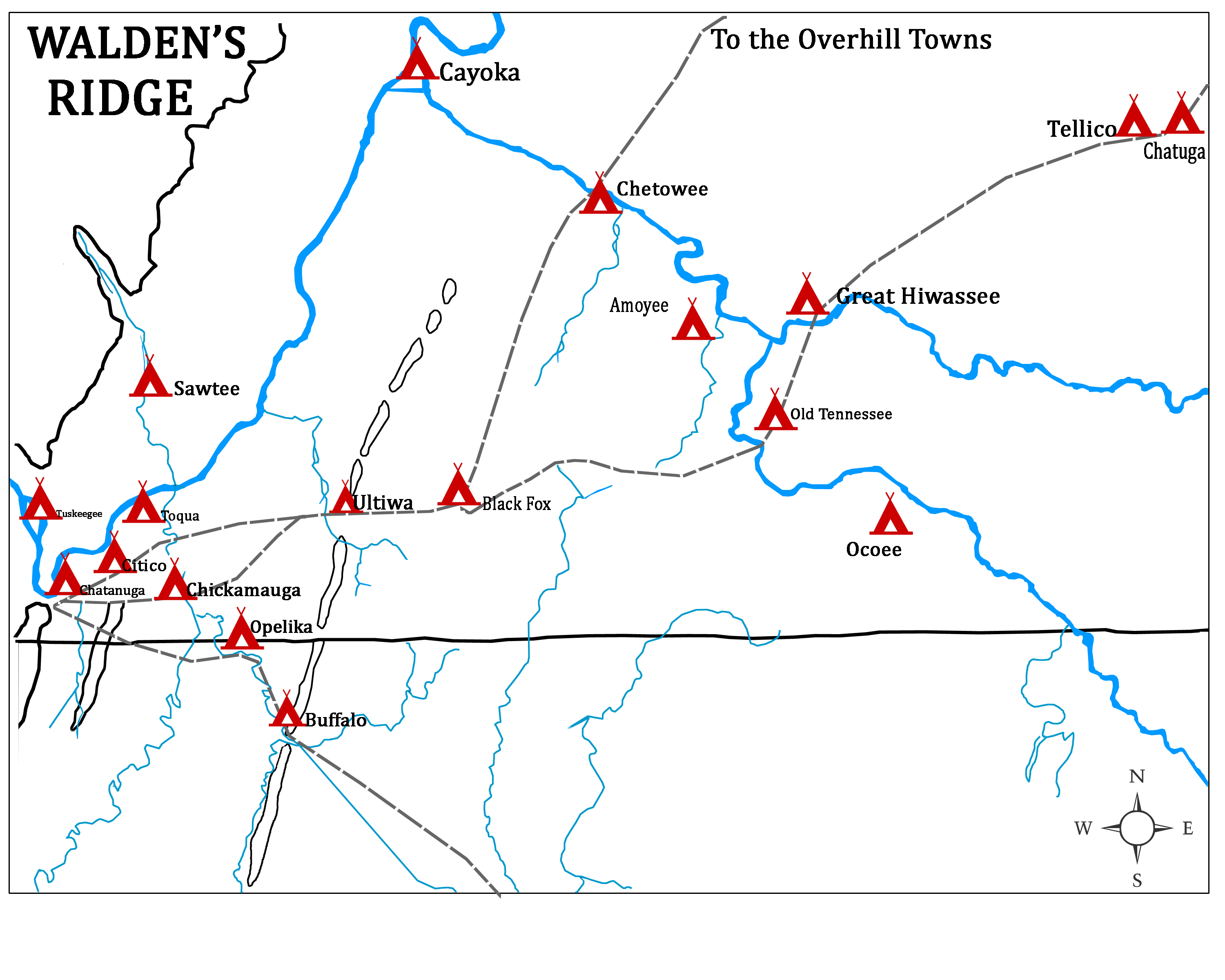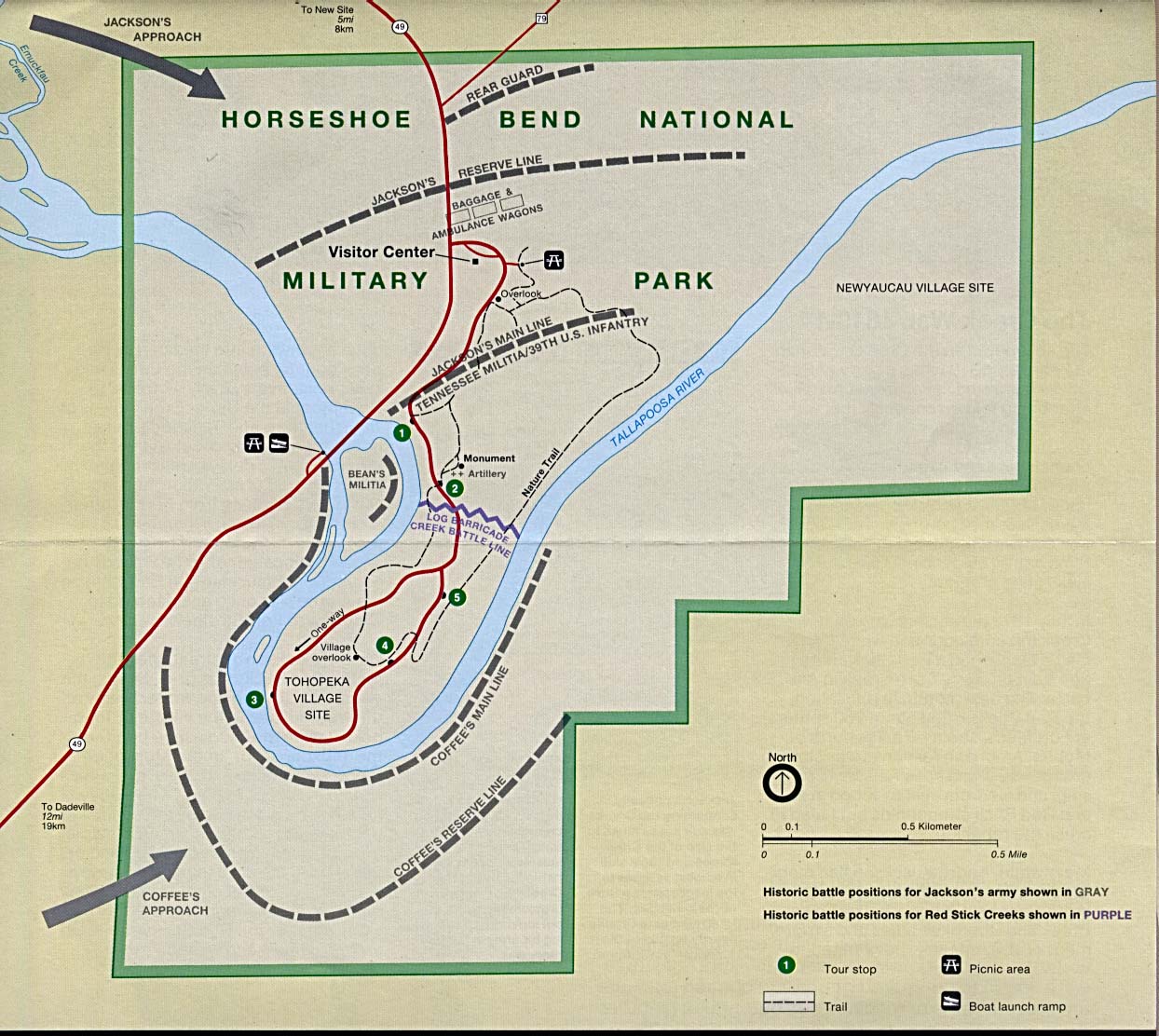|
Tahlonteeskee (Cherokee Chief)
''Tahlonteeskee'' (or "'Talotisky' '") was a Principal Chief of the first Cherokee Nation, and one of the "Old Settlers" of the Cherokee Nation–West. Early life Tahlonteeskee was a Cherokee headman of Cayoka town, on Hiawassee Island (in modern-day Hamilton County, Tennessee). Following the decision he and Chief Doublehead made to sign over large parcels of traditional Cherokee hunting grounds to the United States in 1805, they found themselves considered by many Cherokee to be traitors.''Gore, Oklahoma: Tahlonteeskee - Oldest Capital in Oklahoma'' webpage; Leisure and Sports Review; accessed November 2015 After Doublehead was assassinated in 1807 for his part in the land ... [...More Info...] [...Related Items...] OR: [Wikipedia] [Google] [Baidu] |
Principal Chiefs Of The Cherokee
Principal Chief is today the title of the chief executives of the Cherokee Nation, of the Eastern Band of Cherokee Indians, and of the United Keetoowah Band of Cherokee Indians, the three federally recognized tribes of Cherokee. In the eighteenth century, when the people were primarily organized by clans and towns, they would appoint a leader for negotiations with the Europeans. They called him ''Uku'', or "First Beloved Man". The title of "Principal Chief" was created in 1794, when the Cherokee began to formalize a more centralized political structure. They founded the original Cherokee Nation. The Cherokee Nation–East adopted a written constitution in 1827, creating a government with three branches: legislative, executive, and judicial. The Principal Chief was elected by the National Council, which was the legislature of the Nation. The Cherokee Nation–West adopted a similar constitution in 1833. In 1839 most of the reunited nation was reunited in Indian Territory, after f ... [...More Info...] [...Related Items...] OR: [Wikipedia] [Google] [Baidu] |
Chickamauga Cherokee
The Chickamauga Cherokee refers to a group that separated from the greater body of the Cherokee during the American Revolutionary War. The majority of the Cherokee people wished to make peace with the Americans near the end of 1776, following several military setbacks and American reprisals. The followers of the skiagusta (or red chief), Dragging Canoe, moved with him in the winter of 1776–77 down the Tennessee River away from their historic Overhill Cherokee towns. Relocated in a more isolated area, they established 11 new towns in order to gain distance from colonists' encroachments. The frontier Americans associated Dragging Canoe and his band with their new town on Chickamauga Creek and began to refer to them as the ''Chickamaugas.'' Five years later, the Chickamauga moved further west and southwest into present-day Alabama, establishing five larger settlements. They were then more commonly known as the ''Lower Cherokee''. This term was closely associated with the peop ... [...More Info...] [...Related Items...] OR: [Wikipedia] [Google] [Baidu] |
1819 Deaths
Events January–March * January 2 – The Panic of 1819, the first major peacetime financial crisis in the United States, begins. * January 25 – Thomas Jefferson founds the University of Virginia. * January 29 – Sir Stamford Raffles lands on the island of Singapore. * February 2 – ''Dartmouth College v. Woodward'': The Supreme Court of the United States under John Marshall rules in favor of Dartmouth College, allowing Dartmouth to keep its charter and remain a private institution. * February 6 – A formal treaty, between Hussein Shah of Johor and the British Sir Stamford Raffles, establishes a trading settlement in Singapore. * February 15 – The United States House of Representatives agrees to the Tallmadge Amendment, barring slaves from the new state of Missouri (the opening vote in a controversy that leads to the Missouri Compromise). * February 19 – Captain William Smith of British merchant brig ''Williams'' sights Williams ... [...More Info...] [...Related Items...] OR: [Wikipedia] [Google] [Baidu] |
Year Of Birth Missing
A year or annus is the orbital period of a planetary body, for example, the Earth, moving in its orbit around the Sun. Due to the Earth's axial tilt, the course of a year sees the passing of the seasons, marked by change in weather, the hours of daylight, and, consequently, vegetation and soil fertility. In temperate and subpolar regions around the planet, four seasons are generally recognized: spring, summer, autumn and winter. In tropical and subtropical regions, several geographical sectors do not present defined seasons; but in the seasonal tropics, the annual wet and dry seasons are recognized and tracked. A calendar year is an approximation of the number of days of the Earth's orbital period, as counted in a given calendar. The Gregorian calendar, or modern calendar, presents its calendar year to be either a common year of 365 days or a leap year of 366 days, as do the Julian calendars. For the Gregorian calendar, the average length of the calendar year (the mea ... [...More Info...] [...Related Items...] OR: [Wikipedia] [Google] [Baidu] |
Takatoka
Takatoka, (, ) ( – 1824), was the second Principal Chief of the Cherokee Nation—West (1813–1817) established in the old Arkansaw Territory. Life Takatoka''Gore, Oklahoma: Tahlonteeskee – Oldest Capital in Oklahoma'' webpage; Leisure and Sports Review; accessed November 2015''Takatoka (1755?–1824)'' Dictionary of Arkansas History and Culture; accessed November 2015. was an early Cher ... [...More Info...] [...Related Items...] OR: [Wikipedia] [Google] [Baidu] |
Tahlequah, Oklahoma
Tahlequah ( ; ''Cherokee'': ᏓᎵᏆ, ''daligwa'' ) is a city in Cherokee County, Oklahoma located at the foothills of the Ozark Mountains. It is part of the Green Country region of Oklahoma and was established as a capital of the 19th-century Cherokee Nation in 1839, as part of the new settlement in Indian Territory after the Cherokee Native Americans were forced west from the American Southeast on the Trail of Tears. The city's population was 15,753 at the 2010 census, an increase of 8.96 percent over the figure of 14,458 reported in 2000. The 2019 estimated population is 16,819. Tahlequah is the capital of the two federally recognized Cherokee tribes based in Oklahoma, the modern Cherokee Nation and the United Keetoowah Band of Cherokee Indians. Tahlequah is also the county seat of Cherokee County. The main campus of Northeastern State University is located in the city. History Background Tahlonteeskee was the first established governmental capital of any kind in what ... [...More Info...] [...Related Items...] OR: [Wikipedia] [Google] [Baidu] |
Tahlonteeskee, Oklahoma
Tahlonteeskee, Oklahoma (Cherokee variant: ''Tahlontuskey'') was the first capital city of the early western Cherokee Nation. It was named for Tahlonteeskee, who was the third Principal Chief of the Cherokee Nation -West (1817–1819). Today, the area of the settlement is an abandoned, barren site on private land in Sequoyah County. History The area in which Tahlonteeskee was located was part of the 1816 Lovely's Purchase.''Sequoyah County'' Oklahoma Historical Society online; accessed April 2018 The town itself was founded in 1828, near the mouth of the Illinois River, and became the capital of the Cherokee "''''" living in the Che ... [...More Info...] [...Related Items...] OR: [Wikipedia] [Google] [Baidu] |
Matrilineal
Matrilineality is the tracing of kinship through the female line. It may also correlate with a social system in which each person is identified with their matriline – their mother's Lineage (anthropology), lineage – and which can involve the inheritance of property and/or titles. A matriline is a line of descent from a female ancestor to a Kinship, descendant (of either sex) in which the individuals in all intervening generations are mothersin other words, a "mother line". In a matrilineal Kinship and descent, descent system, an individual is considered to belong to the same descent group as their mother. This ancient matrilineal descent pattern is in contrast to the currently more popular pattern of patrilineal descent from which a family name is usually derived. The ''matriline'' of historical nobility was also called their enatic or uterine ancestry, corresponding to the patrilineal or "agnatic" ancestry. Early human kinship In the late 19th century, almost all ... [...More Info...] [...Related Items...] OR: [Wikipedia] [Google] [Baidu] |
John Watts (Cherokee Chief)
John Watts (or'' Kunokeski ''), also known as Young Tassel, was one of the leaders of the Chickamauga Cherokee (or "Lower Cherokee") during the Cherokee-American wars. Watts became particularly active in the fighting after frontiersmen murdered his uncle, Old Tassel Carpenter 1708-1788, in 1788, while he traveled with Cherokee delegates to a peace conference. Family life John Watts 1746-1808 was the "mixed-blood", or mixed-race son of British trader John Watts 1704-1779 and a Cherokee mother, Oousta White Owl Carpenter 1722-1768. The senior Watts, father of Young Tassell, served as the official British government Indian interpreter for the area until his death in 1779. Watts's mother, Oousta, was a sister of Cherokee chiefs Attakullkulla Carpenter 1702-1777 and Old Tassel - Great Eagle Carpenter 1702-1777, father to Chief DoubleHead, Hanging Maw and Pumpkin Boy, . The young Watts was raised in Cherokee culture. Watts' parents resided in the Overhill Towns along the Little Tennes ... [...More Info...] [...Related Items...] OR: [Wikipedia] [Google] [Baidu] |
Bob Benge
Robert "Bob" Benge (c. 1762–1794), also known as Captain Benge (or "The Bench" to frontiersmen), was a Cherokee leader in the Upper Towns, in present-day far Southwest Virginia during the Cherokee–American wars (1783–1794). Early life He was born as Bob Benge about 1762 in the Overhill Cherokee town of Toqua, to a Cherokee woman and a Scots-Irish trader named John Benge, who lived full-time among the Cherokee and had taken a "country wife." They also had a daughter Lucy. Benge stood out physically because of the red hair he inherited from his father. Under the Cherokee matrilineal kinship and clan system, children were considered born into their mother's family and clan. Their mother's eldest brother was considered the most important male figure in their growing up, especially for boys. The children were reared largely in Cherokee culture and identified as Cherokee. The available sources strongly imply, but do not prove, that young Benge and his sister Lucy were half-siblin ... [...More Info...] [...Related Items...] OR: [Wikipedia] [Google] [Baidu] |
Sequoyah
Sequoyah (Cherokee language, Cherokee: ᏍᏏᏉᏯ, ''Ssiquoya'', or ᏎᏉᏯ, ''Se-quo-ya''; 1770 – August 1843), also known as George Gist or George Guess, was a Native Americans in the United States, Native American polymath of the Cherokee Nation. In 1821, he completed his independent creation of the Cherokee syllabary, making Reading (process), reading and writing in Cherokee possible. His achievement was one of the few times in recorded history that an individual who was a member of a pre-literate group created an original, effective writing system. His creation of the syllabary allowed the Cherokee nation to be one of the first North American Indigenous groups to have a written language. Sequoyah was also an important representative for the Cherokee nation, by going to Washington, D.C. to sign two relocations and trading of land treaties. After seeing its worth, the people of the Cherokee Nation (19th century), Cherokee Nation rapidly began to use his syllabary and ... [...More Info...] [...Related Items...] OR: [Wikipedia] [Google] [Baidu] |
Cherokee Nation (1794–1907)
The Cherokee Nation (Cherokee: ᏣᎳᎩᎯ ᎠᏰᎵ, pronounced ''Tsalagihi Ayeli'') was a legal, autonomous, tribal government in North America recognized from 1794 to 1907. It was often referred to simply as "The Nation" by its inhabitants. The government was effectively disbanded in 1907, after its land rights had been extinguished, prior to the admission of Oklahoma as a state. During the late 20th century, the Cherokee people reorganized, instituting a government with sovereign jurisdiction known as the Cherokee Nation. On July 9, 2020, the United States Supreme Court ruled that the Muscogee (Creek) Nation (and by extension the Cherokee Nation) had never been disestablished in the years before allotment and Oklahoma Statehood. The Cherokee Nation consisted of the Cherokee (ᏣᎳᎩ —pronounced ''Tsalagi'' or ''Cha-la-gee'') people of the Qualla Boundary and the southeastern United States; those who relocated voluntarily from the southeastern United States to the ... [...More Info...] [...Related Items...] OR: [Wikipedia] [Google] [Baidu] |







